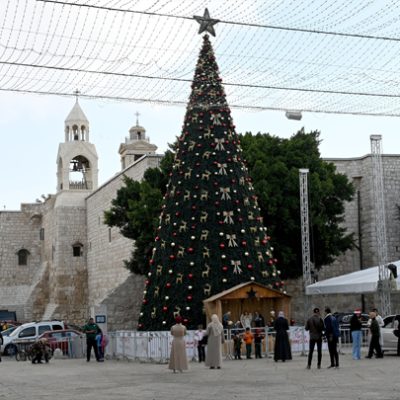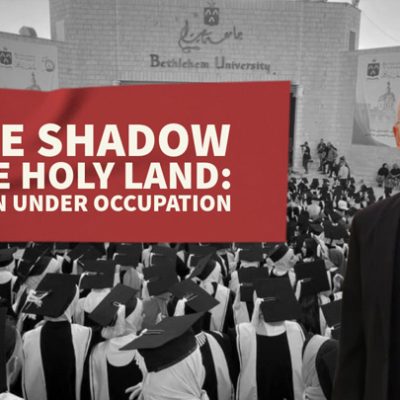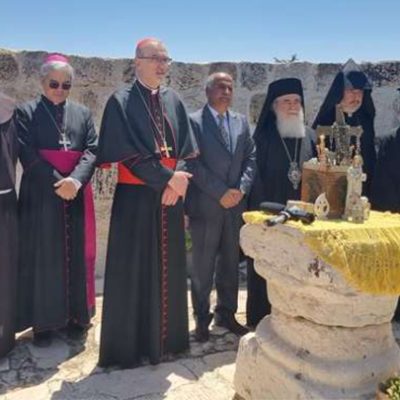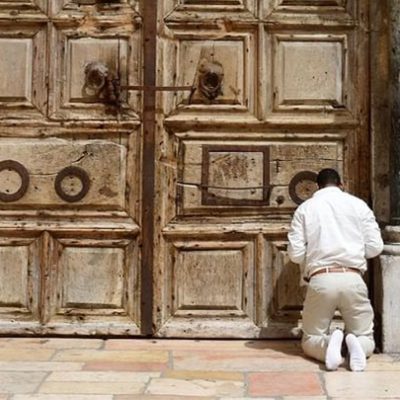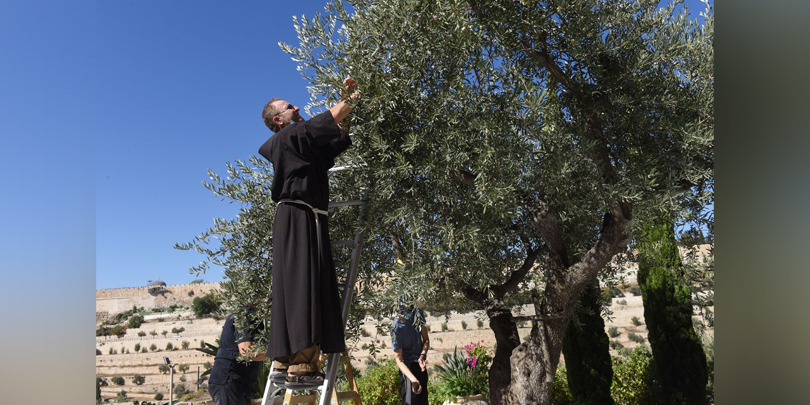
In October, monks and nuns are busy harvesting olives at the Mount of Olives and the Gethsemane garden — where, according to the Gospel, Jesus spent the last night before being taken up the other side of the valley into Jerusalem to be crucified. Source: NCR Online.
For two years, the Israel-Hamas war has cast a pall on the Holy Land. The hundreds of centuries-old olive trees here have shaken periodically in missile attacks targeting Israel.
But this year’s harvest happened as a ceasefire agreement was reached, spreading a tenuous hope for peace – peace that olive branches have symbolised since the biblical story of the dove that brought one back to Noah’s Ark to signify the end of the flood.
“The land is a gift and the sign of a divine presence,” Fr Diego Dalla Gassa, a Franciscan in charge of the harvest in the hermitage next to Gethsemane, said. The word Gethsemane is derived from the ancient Aramaic and Hebrew “oil press”.
For Fr Dalla Gassa and the other mostly Catholic congregations on the hill, harvesting olives to make preserves and oil is not a business or even primarily a source of sustenance for their communities. Rather, it’s a form of prayer and reverence.
“To be the custodian of holy sites doesn’t mean only to guard them, but to live them, physically but also spiritually,” he added. “It’s really the holy sites that guard us.”
FULLS TORY
On Mount of Olives where Jesus prayed, monks and nuns keep harvesting olives (By Giovanna Dell’Orto, AP via NCR Online)



